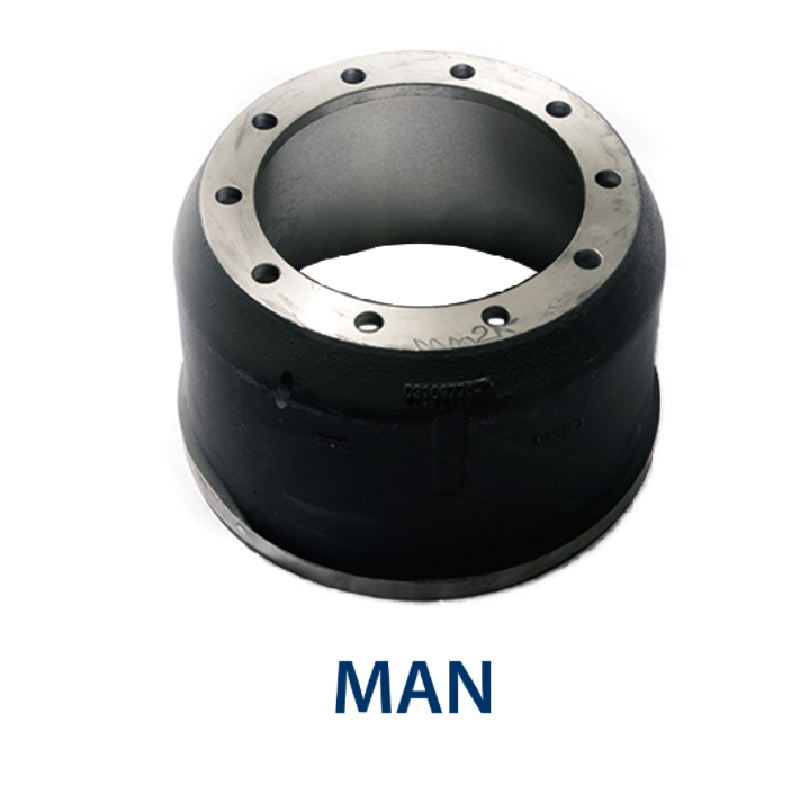Oktoba . 10, 2024 09:24 Back to list
brake drums vs rotors
Brake Drums vs. Brake Rotors Understanding the Differences
When it comes to vehicle braking systems, one of the critical components is the brake assembly. Two prominent types of brake systems are brake drums and brake rotors, each playing a pivotal role in vehicle safety and performance. Understanding the differences between these two systems can help vehicle owners make informed decisions about maintenance, upgrades, and replacements.
Brake Drums
Brake drums are typically found in older vehicles and some modern cars, especially those in the lower-end or economy segments. The drum brake system consists of a hollow, cylindrical drum that rotates with the wheel. Inside the drum are brake shoes equipped with friction material. When the driver presses the brake pedal, hydraulic pressure forces the shoes outward against the inner surface of the drum, creating friction that slows down the wheel.
One major advantage of brake drums is their efficiency in providing stopping power. They can generate a greater amount of friction than disc brakes under certain conditions, making them effective for vehicles that are not driven aggressively or carry heavy loads. Additionally, drum brakes often come at a lower initial cost, making them appealing for budget-conscious consumers.
However, drum brakes have some drawbacks. They tend to retain heat more than disc systems, leading to brake fade during prolonged use. This is particularly noticeable in steep descents or during heavy braking situations. Additionally, drum brakes are more complex to maintain and service, as they require disassembly for tasks like replacing brake shoes. This can result in higher long-term maintenance costs.
Brake Rotors
brake drums vs rotors

Brake rotors, or disc brakes, are more common in modern vehicles, and for good reason. The basic design consists of a flat, circular disc (the rotor) that connects to the wheel. When the brake pedal is pressed, brake calipers squeeze pads against the rotor surface, generating the friction that slows the wheel.
One of the most significant advantages of disc brakes is their ability to dissipate heat quickly. This reduces the risk of brake fade and maintains performance under demanding driving conditions. Disc brakes also tend to require less maintenance than drum brakes, with more straightforward design leading to easier replacement of brake pads.
Moreover, disc brakes generally offer better performance in wet conditions. The exposed design allows for water to drain off more easily, which helps maintain braking efficiency. In terms of vehicle design, disc brakes have become the standard for performance and safety, especially in sports and luxury cars.
On the downside, brake rotors can be more expensive than drum brakes, both in terms of initial cost and replacement parts. Additionally, they tend to wear out faster compared to drums, especially if the vehicle is driven aggressively or under harsh conditions.
Conclusion
In summary, both brake drums and brake rotors have their respective advantages and disadvantages. Drum brakes are often more cost-effective and provide adequate performance for many standard vehicles, while disc brakes offer superior heat dissipation, maintenance ease, and performance, particularly under challenging driving conditions.
Vehicle owners should consider their driving habits, budget constraints, and the specific requirements of their vehicle when deciding between brake drums and brake rotors. Keeping in mind the differences can lead to better choices in vehicle maintenance and safety, ensuring a smoother and more secure driving experience. Ultimately, regardless of the braking system in place, regular inspections and maintenance are crucial for optimal performance and safety on the road.
-
Brake Drum Liza Durable & High-Performance Brake Solutions
NewsMay.29,2025
-
Brake Drum Liza Durable Drum Brake & Shoe Replacement Solutions
NewsMay.29,2025
-
Brake Drum Liza High-Quality Drum Brake & Shoe Solutions
NewsMay.29,2025
-
Brake Drum Liza Durable Drum Brake & Shoe Solutions for Vehicles
NewsMay.29,2025
-
Brake Drum Liza Premium Drum Brake Components & Shoes
NewsMay.29,2025
-
Brake Drum Man Durable Drum Brake Drums & Shoes Supplier
NewsMay.28,2025
